What is Bad Email Etiquette?
Bad email etiquette is when you do not use the correct emailing rules within your workplace, or within your personal life if you are sending important messages.
These rules are easy to follow, so if you are sending unprofessional emails, you can easily stop, and learn how to do it properly!
Sending bad emails will affect your chances of getting a converted client, creating a positive relationship within the workplace, and giving your business a bad reputation. Emailing is the number one form of communication between businesses, so you need to get it right.
Keep reading to learn more about bad email examples in the workplace, and examples of bad email communication.
12 Unprofessional Bad Email Etiquette Examples
Here are some bad email etiquette examples:
- Not using their name
Not using someone's name in a message, especially if they have told you, or you already know it, can be very rude. You seem as though you haven’t read the message or taken any notice of their details. - Saying too much, being overly friendly
Businesspeople send and receive emails all day long, every single day. There’s no need for chit-chat, just get the job done. Send the information you need and leave the chat for an in-person meeting. - Using a negative tone
Using a negative tone gives off a bad first impression. You will be lucky to even get a positive response. Avoid a negative tone by always using a friendly greeting and a friendly sign-off. - Using too many Call-to-action links
Your message should have a purpose like a call to action or a link. However, don’t overdo it. This can be confusing, the reader may not understand what you want, and it can also seem like spam. - Crafting a bad subject line
The subject line is what makes your reader open the email! Don’t write a subject line that’s too long, it won’t be seen when it’s in the mailbox. Create a short, enticing subject line to make them open the message. Read more about how to start an email. - Sending too much or unnecessary information
Don’t overload your recipient with too much information, or else they won’t know how to respond or what to continue talking about. Keep emails brief and to the point. - Not explaining how you can help them
When sending emails to a business, or potential client, never use this bad business email example. The whole point of an email is to explain how you can benefit them, not how it can benefit you. - Spelling and grammar mistakes
It comes across as careless when you send a professional email with spelling and grammar mistakes. Avoid this by checking your message before you send it. - Not answering questions
If the person you are responding to has asked you some questions, be sure to answer them. Otherwise, your response is pointless and wastes their time. - Replying to all when you don’t need to
If you reply to everyone in the email thread, all of them will get a notification. It’s not always needed to respond to everyone. Just reply to the person your email concerns to save everyone time. Check out our guide on how to use CC in email. - Sending too many attachments with no description
Emails with too many attachments can be flagged as spam. Or if it doesn’t, the person reading your message will be confused and won’t download any attachments you have sent. - Not using an email signature
Always use an email signature when finishing a message. This shows professionalism and allows the reader to find other forms of contact and know a little more about who you are. Learn more about how to end an email professionally.
Now when you have read these examples of bad email etiquette, you can avoid using them in the workplace!
How to use GOOD email etiquette
We have already listed some examples of bad email communication. Here are some tips on how to use good email etiquette.
- Use a friendly and polite tone
You never want to come across as rude when sending emails. So, be conscious of your tone and how you are talking to someone. It is easy to be misunderstood via email. Try reading your email out loud to see how it sounds. - Proofread your email before sending it!
Never send a message without checking it first. Make sure there are no spelling mistakes, the grammar is correct, and your writing makes sense. If not, make some edits, then hit Send. - Use a greeting and a closing line
Always greet the sender, this shows you are friendly and happy to receive their message. Also, use a closing line to properly finish the message. - Include other forms of contact
Sometimes an email might not be the correct way of getting your point across or communicating an idea. Send other forms of contact, like a link to an online meeting or even your phone number. - Always address what they have said
Never ignore the sender’s main point of their initial message. This would be rude, and pointless of your response. They are sending you this message to receive an answer, not for you to talk about something else. - Reply to emails within 24 hours, or before 5 days!
Don’t wait too long to send your response to an email, otherwise, it seems like you don’t care. Try to send a message before the end of the day or set a reminder to reply before five days.
How Clean Email Can Increase Productivity
Although Clean Email isn’t an email client, meaning you cannot write and send emails with it, the app can perform many other tasks to help you declutter and organise your mailbox.

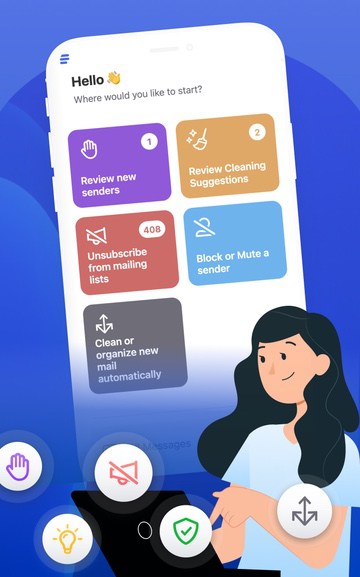
With an organised mailbox, you can stay on top of important emails, increase productivity, and reduce email anxiety and stress. You will also be able to craft better emails since you won't feel overwhelmed by your inbox.
Here are a few of Clean Email's handy tools and features to help you create the mailbox of your dreams.
Smart Folders will automatically organise your mail into easy-to-locate bundles (similar to predefined labels). All similar emails can be found in their corresponding folder, making it easier for you to organise, find, and sort your mail.
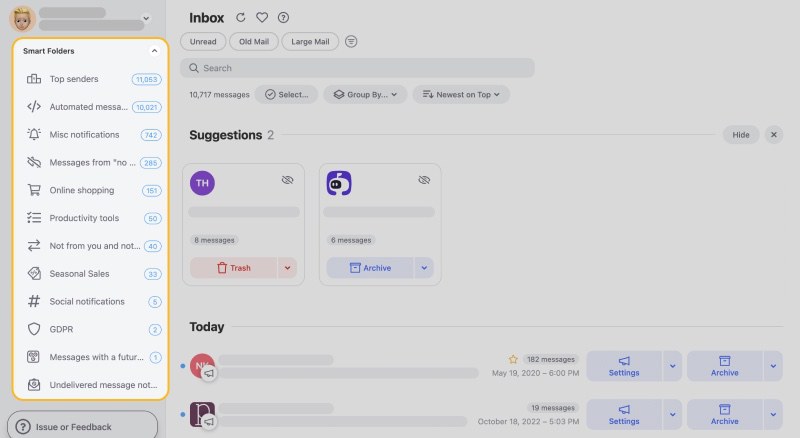
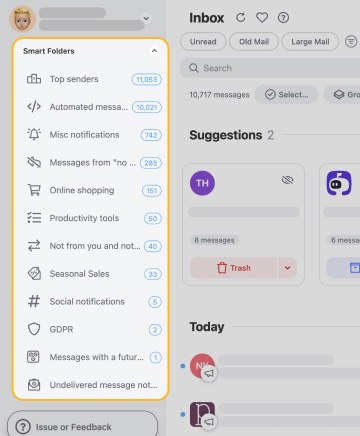
For example, you will find all shopping-related emails in one place. From here, you can archive them all or set up an automated rule to send them to a dedicated folder once they hit your inbox.


Unsubscriber is the best tool for getting rid of unwanted email subscriptions. Unwanted mail eventually clogs up your mailbox, meaning you miss important emails and become too overwhelmed to sort them out!

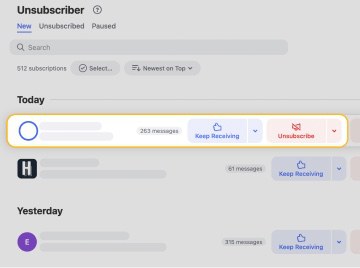
From here, you can unsubscribe from emails, send certain newsletters to the Read Later folder, or keep getting them in your inbox.

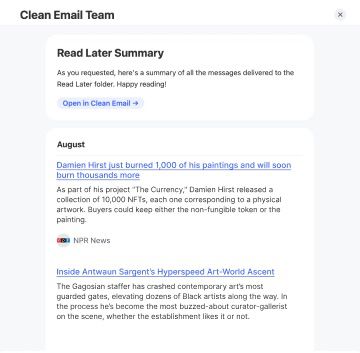
With the Auto Clean feature, you can manage your incoming emails once they hit your inbox automatically, without any manual work. Just create the rule using the Auto Clean feature and you are set.
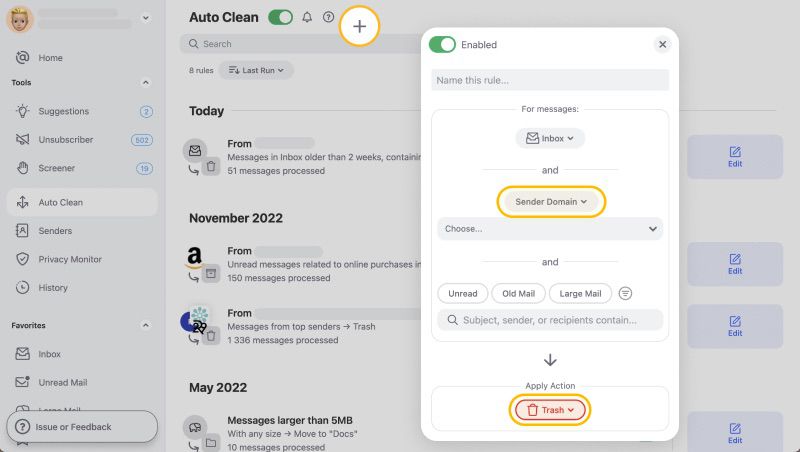

The Sender Settings feature focuses on where the emails end up when received from a certain email address. For example, you can send emails to a new folder, trash them, or mute and block this sender.
💡 Note: Clean Email is a privacy-oriented solution. We never share, sell, or use your data since we care a lot about your security and privacy.
Bad Email Examples - FAQs
What are examples of bad emails?
It is not recommended to write unnecessary information, reply to emails without addressing the questions asked in the initial message, and use too many call-to-action phrases and links.
How can poor email etiquette result?
Poor email etiquette can result in giving your business a bad reputation, while you can sound unprofessional and impolite.
What should you not write in an email?
You shouldn’t write about personal matters if this is a professional message. Being too friendly may sound unprofessional, especially when your sender expects replies to their questions. Make sure to provide only necessary and useful information.


